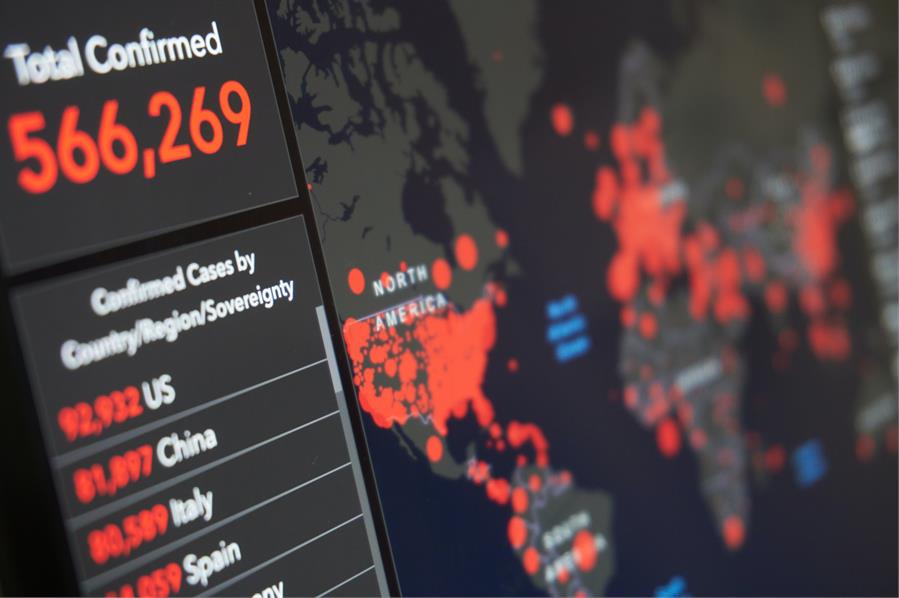Developing Patient-Centric Custom Healthcare Software: Trends and Challenges
Patient-centered care remains the focus as the healthcare industry seeks to provide solutions that put the patient right in the middle of health management. And patient-centric custom healthcare software development can help drive this transformation.
Introduction to Patient-Centric Healthcare Technology
At its core, patient-centered care acknowledges that patients are capable of and often want to take responsibility for their health. The patient is no longer a passive receiver of healthcare services while healthcare providers make all the decisions.
Instead, the patient is actively involved in their own care and can communicate their care preferences and the direction they want their health management to take. That's where patient-centered healthcare technology comes in, usually in the form of:
- Web-based solutions
- Mobile device-powered solutions
- Telehomecare solutions
- Assistive devices.
Web-based healthcare technology uses a website platform or application where the patient can access information or contact their healthcare provider via a chat or video call feature.
Healthcare technology delivered via mobile devices like personal assistant devices, cell phones, and smartphones allows the patient to communicate with the healthcare provider at any time. They can capture and send capture through the mobile device or initiate contact with their care team when the need arises.
Smartphone applications enable the use of message threads where the patient’s entire communication is centralized, making it easy for either party to keep track of the patient's needs.
Telehomecare applications are telecommunication solutions that use videoconferencing and telephone communication to facilitate interactions between the patient and their healthcare provider team.
Patient-centered healthcare technology allows patients to monitor their health at home. It also supports different communication channels through which the patient can access their healthcare provider without visiting the healthcare facility.
Assistive devices like GPS trackers, pill dispensers, and personal alarms ease patients’ lives outside the hospital or care facility.
Trends in Developing Patient-Centric Software
Hyper-Automation of Healthcare Systems
Healthcare providers are moving toward automation, where they have systems in place to speed processes. Automation tools prove helpful in sorting client communication. They can classify the nature of patient queries coming in through email, text, calls, or web chat systems and direct these questions to the right department.
Automation of invoicing and billing systems is another area that can boost efficiency in healthcare facilities. Healthcare service providers are driven to upgrade their billing divisions so that patients spend minimal time sorting their claims or payment issues.
Wearable Technology
There is growing use of wearable devices that can monitor vital signs like oxygen saturation, heart rate, blood pressure, temperature, brain activity, and sleep patterns. Wearable technology ensures continuous monitoring and sends out alerts if abnormalities are detected.
Computer Vision
Healthcare providers can use AI-based machine vision technology to isolate X-ray, MRI, and CT scan results that require immediate attention or further probing. This early intervention helps with the early detection of problems and can improve the prognosis for patients.
Overcoming Challenges in Healthcare Software Development
Some of the challenges impairing the implementation of healthcare technology include:
Customization Limitation
Customization is a challenge in healthcare technology, where healthcare providers need custom healthcare apps to serve different purposes. Custom healthcare app development can help solve this problem.
Healthcare app developers can tweak features and add custom tools for different healthcare providers or patient categories.
Data Integration
The sources of health data are diverse. Without a well-thought-out healthcare data system, healthcare service providers may have difficulty accessing and navigating data streams.
To counter this, healthcare companies should use healthcare technology that integrates and synchronizes data across various systems and networks.
Case Studies and Success Stories
Healthcare service providers can learn a lot and find inspiration from organizations that already use health technology to improve patient care. Here is how some healthcare facilities have embraced patient-centric technology:
- Max Healthcare in India uses AI automation and robotics to increase efficiency.
- Assistive robotics like exoskeleton robotics and smart wheelchairs help with mobility and promote independence after injury.
- The University of California San Diego has developed an ingestible biosensing pill that monitors the gastrointestinal tract environment.
- Rani Therapeutics developed a capsule to replace injections. The pill dissolves within intestinal walls and has the same bioavailability as subcutaneous injections but without the pain.
Future Directions for Patient-Centric Healthcare Tech
Some areas of growing interest in patient-centric healthcare technology are:
- Personalized Preventive Healthcare—Healthcare tech that focuses on preventive measures such as regular screening.
- Internet of Medical Things (IoMT)—Technology networks that collect and transmit patient data to a centralized cloud-based network. IoMT helps healthcare providers monitor patients’ health remotely while reducing unnecessary hospital visits.
- Medical Robotics—Robotics to help with patient care during recovery, cleaning or sanitizing patients’ rooms, and performing repetitive duties.
To Wrap Up
The healthcare industry is shifting towards patient-centric care, and custom healthcare software development provides the tools to actualize this goal. Data management solutions and automation, wearable devices, assistive robotics, and computer vision are all tools that improve the patient's well-being outside the hospital.
Source: Photo by Anton Uniqueton
Related Posts
Blackmail is a serious crime that can cause immense stress and fear.
In today's data-driven world, databases form the backbone of countless applications and systems that power businesses across industries.
It’s no longer a hidden fact that social media platforms like Facebook affect the mental health of users.
Relocating an IT company is a significant endeavor that involves careful planning, coordination, and execution.
Today maintaining office security has become an important concern for businesses of all sizes.
A registered office address is a fundamental requirement for any business entity, whether it’s a corporation, limited liability company (LLC), or partnership.













Comments
comments powered by Disqus